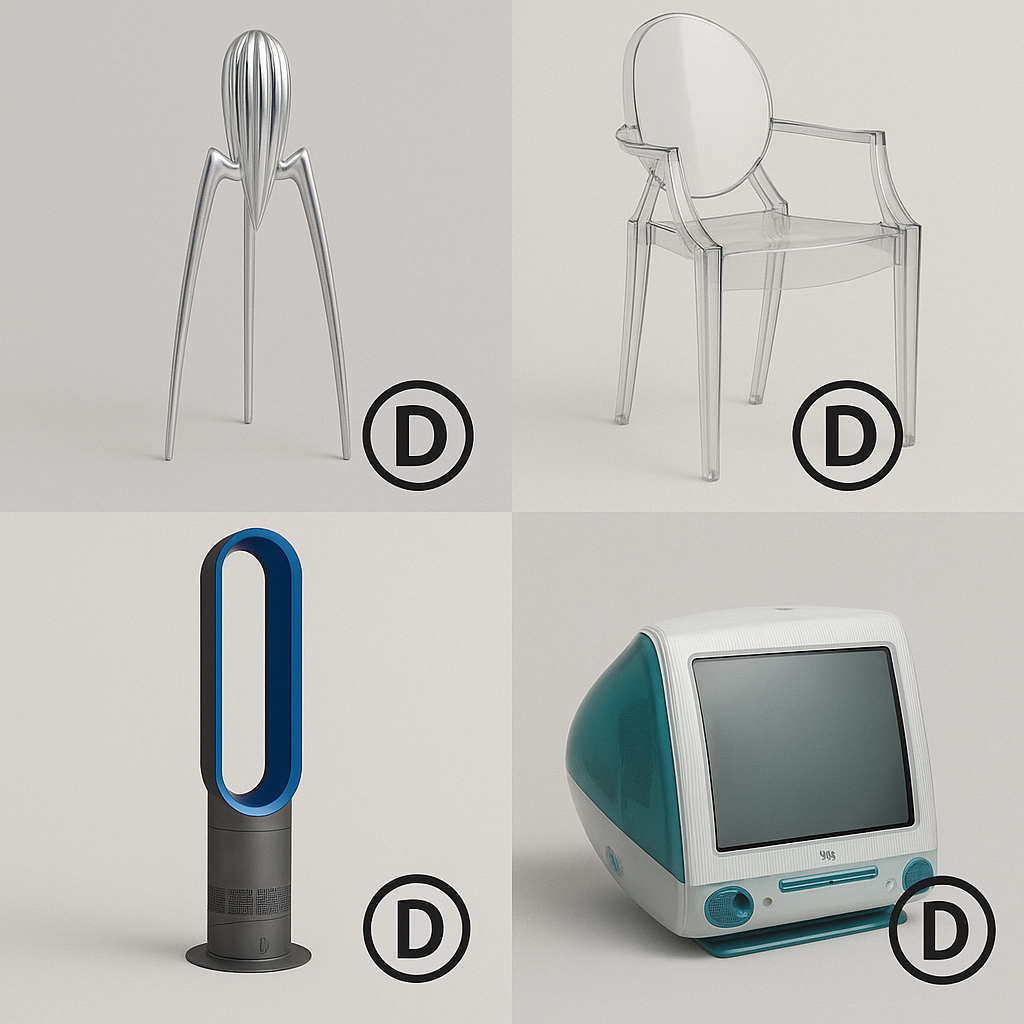EU Design Reform 2025

Summary
The EU is modernizing its design protection framework. Apart from changes in terminology, there are a number of substantive changes which are aimed at clarifying and strengthening design protection and interoperability with the national protection systems while ensuring the functioning of secondary markets by way of harmonising the diverging spare parts protection regime.
Timeline
The reform will enter into force in two phases: the first phase applies from 1st May 2025 with the second phase coming on 1st July 2026.
Changes in terminology
For one, Phase I will bring a change in terminology with “EU” replacing “Community”:
- “Community Design” → “EU-Design”
- “[Un-]Registered Community Design” (RCD) → [Un-]Registered EU Design ([U/R]EUD)
- Community Design Regulation → EU Design Regulation
- Community Design Court → EU-Design Court
While it is right to update the outdated terminology and harmonize it with the EU Trademark system, more important to most users will be the changes in substantive law.
EU-Designs now encompass animation
A first substantive change is that the definition of ‘design’ has been broadened, such that it now also covers animation. Animation is to be understood as a progressive change of the design feature(s), with or without retaining their identity. Therefore, animation is a broad term and includes both movement and transition.
Products may now be non-physical
In a second and potentially equally important change, the definition of ‘product’ has been revised to explicitly include non-physical items. Thus, the EU Design Regulation now clarifies that a product can be any industrial or handicraft item other than computer programs regardless of whether it is embodied in a physical object or materialises in a non-physical form.
Additionally, the list illustrating what constitutes a product is re-arranged and broadened. The statutory definition now expressly encompasses:
- Sets of articles
- spatial arrangements of items intended to form an interior or exterior environment
- parts intended to be assembled into a complex product
- Graphic works or symbols, logos, surface patterns, and GUIs
3D printing covered
Creating, downloading, copying, sharing, or distributing any medium or software which records the design now are expressly named infringing use of a protected EU design. Thereby the scope of an EU design now extends to 3D printing as well as traditional methods of design copying and imitation.
Repair clause
The exception to the design protection applying to spare parts used in the repair of complex products (e.g. cars) has been introduced as a permanent provision of the Design Regulation. This clause clarifies that there is no protection for a design which constitutes a component part of a complex product for the purpose of the repair of that complex product so as to restore its original appearance. This exception applies exclusively to repair purposes and the replacement part must match the appearance of the original piece.
New Design Notice “(D)”
Finally, carrying over the idea behind the popular and very recognizable ®-sign of trademark law, the EU Design Regulation introduces a design notice system, which allows holders or third parties with the holder’s consent, to display a (D) – mark (D in a circle) on their products to raise awareness of the design protection regime. This should facilitate the marketing of registered design protection and enhance the visibility of design protection.
The changes introduced in Phase II of the EU Design reform will be summarised in a further article.
